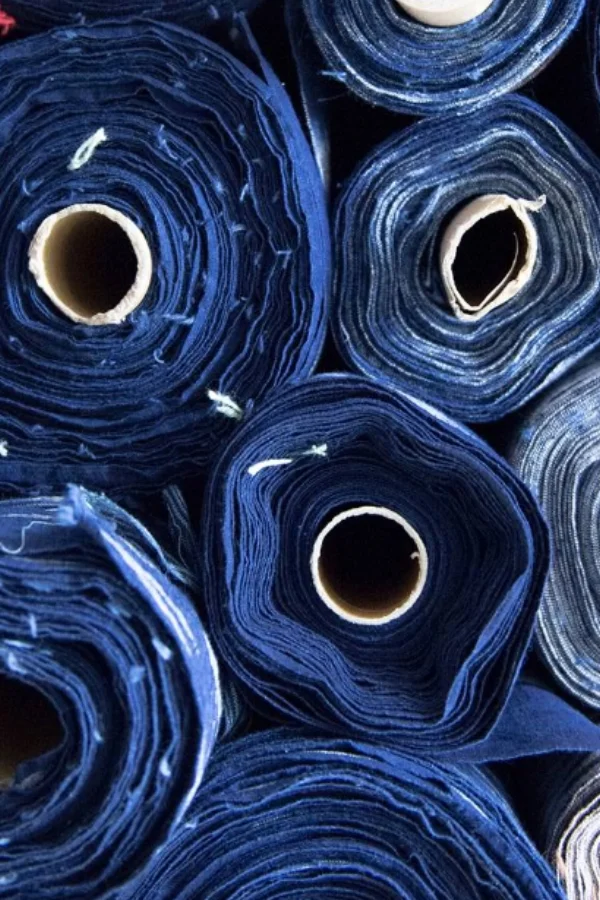Located in Noto Peninsula, the north of Ishikawa Prefecture, Takazawa Candle produces Japanese candles since 1892. In their small productions room, there are about 10 people are working on each process, one making wick and another shaping candles. The stove for melting
Read MoreAuf der nördlichsten Insel Japans, Hokkaido, befindet sich der Sitz von DI SER. Yasuyuki Shinohara, der Besitzer, Naturapoteker und Bauer kümmert sich selber um seine rund 10,000 Rosen. Gegründet 1999, ist seine Firma
Read MoreMaekake = Japanische Schürze
Maekake ist ein traditioneller Stil der japanischen Schürze. 'Mae' bedeutet 'Vorne' und 'Kake' kommt vom Verb 'Kakeru' ='Hängen'. Das Aussehen und der Stil von Maekake reicht bis
Monpe ist eine spezifischen Art der Hose, die ursprünglich im 17. Jahrhundert im Norden als alternative Hakama (=Hose über Kimono) getragen wurde. Wegen des einfacheren Schnittes war es für alltägliche Arbeit sowie für Bauern sehr geeignet. Es war
Read MoreSince 1600s Binchotan Charcoal has been used in Japan. In Kishu (Wakayama) is the region where good quality Binchotan Charcoals has been traditionally produced. They are extremely hard like steel and have countless number of porous pores on surface. These pores help remove unwanted chemicals from tap
Read MoreTraditional Japanese candles are made of natural plants such as fruits of wax trees, rice, rape flowers, or Urushi (sumac) tree. Wick is made of Washi paper wrapped with rush grass. The flame is larger and brighter than
Read MoreKasuri is Japanese term for Ikat fabric, which is originated from India.It is known for its patterns with blurred edge. Kasuri is woven often with cotton yarn.
Japanese folks started wearing Kasuri since
Read More






